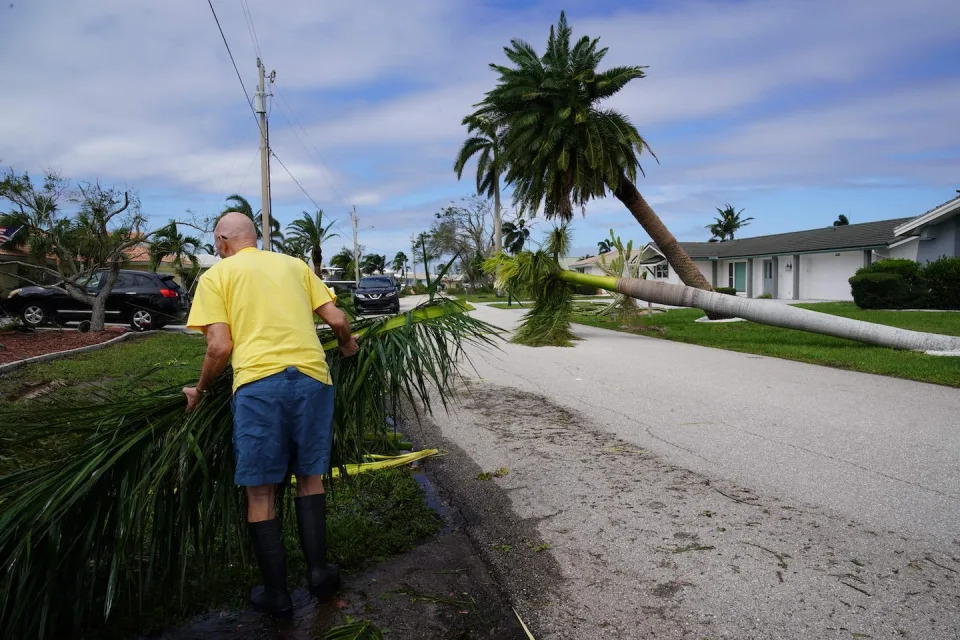Associated Press
After Russian retreat, Ukrainian military plans next move
Sam Mednick – November 24, 2022
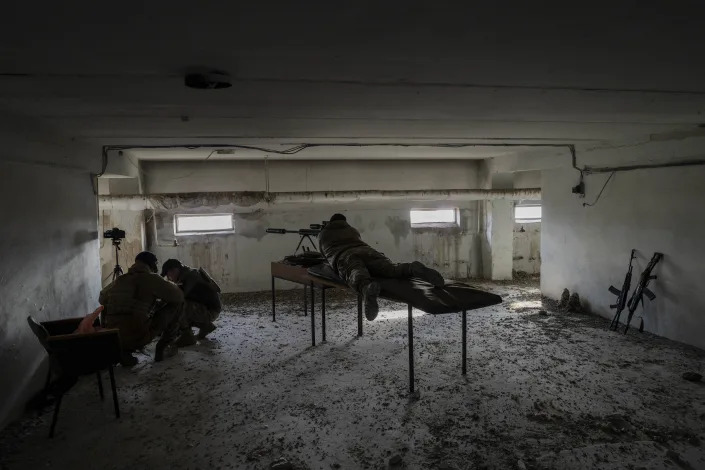
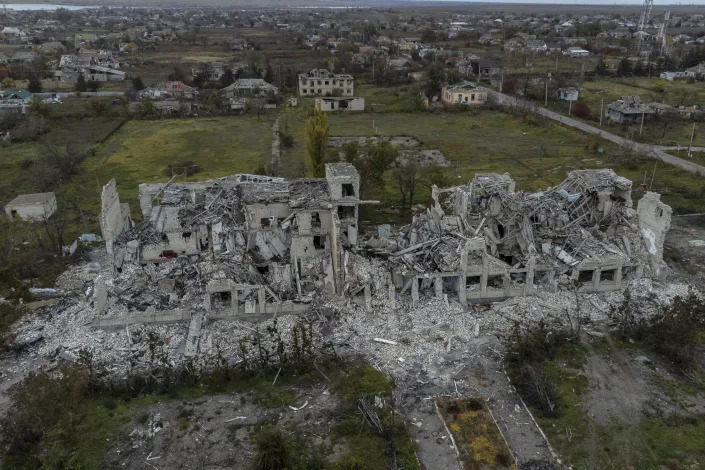

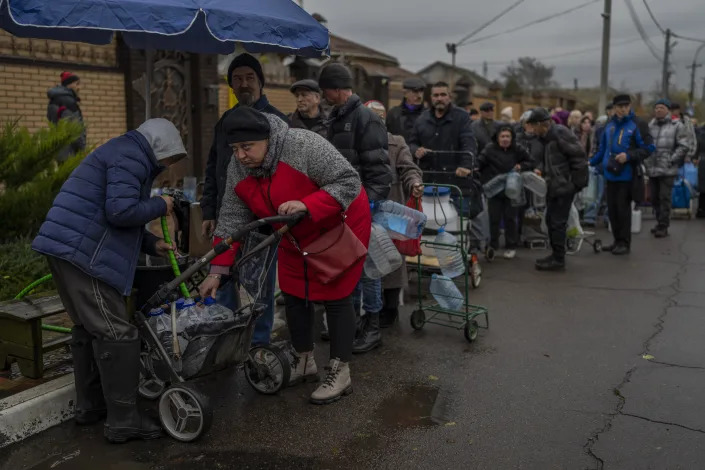
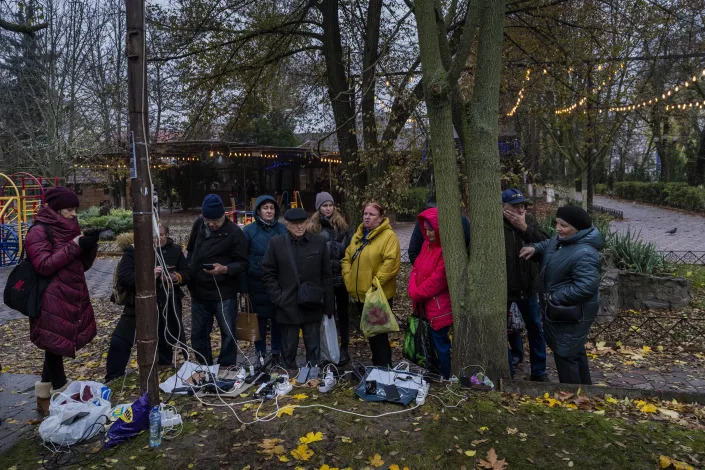


KHERSON, Ukraine (AP) — The Ukrainian sniper adjusted his scope and fired a.50-caliber bullet at a Russian soldier across the Dnieper River. Earlier, another Ukrainian used a drone to scan for Russian troops.
Two weeks after retreating from the southern city of Kherson, Russia is pounding the town with artillery as it digs in across the Dnieper River.
Ukraine is striking back at Russian troops with its own long-distance weapons, and Ukrainian officers say they want to capitalize on their momentum.
The Russian withdrawal from the only provincial capital it gained in nine months of war was one of Moscow’s most significant battlefield losses. Now that its troops hold a new front line, the army is planning its next move, the Ukrainian military said through a spokesman.
Ukrainian forces can now strike deeper into the Russian-controlled territories and possibly push their counteroffensive closer to Crimea, which Russia illegally captured in 2014.
Russian troops continue to establish fortifications, including trench systems near the Crimean border and some areas between the Donetsk and Luhansk regions in the east.
In some locations, new fortifications are up to 60 kilometers (37 miles) behind the current front lines, suggesting that Russia is preparing for more Ukrainian breakthroughs, according to the British Ministry of Defense.
“The armed forces of Ukraine seized the initiative in this war some time ago,” said Mick Ryan, military strategist and retired Australian army major general. “They have momentum. There is no way that they will want to waste that.”
Crossing the river and pushing the Russians further back would require complicated logistical planning. Both sides have blown up bridges across the Dnieper.
“This is what cut Russians’ supply lines and this is also what will make any further Ukrainian advance beyond the left bank of the river more difficult,” said Mario Bikarski, an analyst with the Economist Intelligence Unit.
In a key battlefield development this week, Kyiv’s forces attacked Russian positions on the Kinburn Spit, a gateway to the Black Sea basin, as well as parts of the southern Kherson region still under Russian control. Recapturing the area could help Ukrainian forces push into Russian-held territory in the Kherson region “under significantly less Russian artillery fire” than if they directly crossed the Dnieper River, said the Institute for the Study of War, a Washington-based think tank. Control of the area would help Kyiv alleviate Russian strikes on Ukraine’s southern seaports and allow it to increase its naval activity in the Black Sea, the think tank added.
Some military experts say there’s a possibility the weather might disproportionately harm poorly-equipped Russian forces and allow Ukraine to take advantage of frozen terrain and move more easily than during the muddy autumn months, ISW said.
Russia’s main task, meanwhile, is to prevent any further retreats from the broader Kherson region and to strengthen its defense systems over Crimea, said Bikarski, the analyst. Ryan, the military strategist, said Russia will use the winter to plan its 2023 offensives, stockpile ammunition and continue its campaign targeting critical infrastructure including power and water plants.
Russia’s daily attacks are already intensifying. Last week a fuel depot was struck in Kherson, the first time since Russia withdrew. This week at least one person was killed and three wounded by Russian shelling, according to the Ukrainian president’s office. Russian airstrikes damaged key infrastructure before Russia left, creating a dire humanitarian crisis. Coupled with the threat of attack, that is adding a layer of stress, say many who weathered Russia’s occupation and are leaving, or considering it.
Ukrainian authorities this week began evacuating civilians from recently liberated parts of Kherson and Mykolaiv regions, fearing lack of heat, power and water due to Russian shelling will make winter unlivable.
Boarding a train on Monday, Tetyana Stadnik has decided to go after waiting for the liberation of Kherson.
“We are leaving now because it’s scary to sleep at night. Shells are flying over our heads and exploding. It’s too much,” she said. “We will wait until the situation gets better. And then we will come back home.”
Others in the Kherson region have decided to stay despite living in fear.
“I’m scared,” said Ludmilla Bonder a resident of the small village of Kyselivka. “I still sleep fully clothed in the basement.”





